Who needs a partridge in a pear tree, when you can have a thrasher at a woodrat house?
Because, that fab photo I featured in the last post was just 1 of 46 pics that the cam caught of the Cal thrasher as it, well - thrashed. With some serious head-banger style I might add.
So, let's dig a little deeper with this California character.
A true Californio, the Cal thrasher is endemic to the California Floristic Province, and a permanent, non-migrating resident of our infamously ignitable coastal and foothill chaparral.
Which is where these camera trap photos were captured - in a thicket of chamise, toyon, coffeeberry and yerba santa. And in front of a woodrat stick house.
Here's the front yard in the morning before the Cal thrasher arrived:

That's the entry tunnel to the house up at 2 o'clock.
But the Cal thrasher showed at 11:30am, in the rain, and then spent the next 7 minutes churning up every nook and cranny in search of snacks.
Check out how it digs down with that decurved beak, and turns up the dirt & detritus like a tiller. Including a rock near as big as its head.
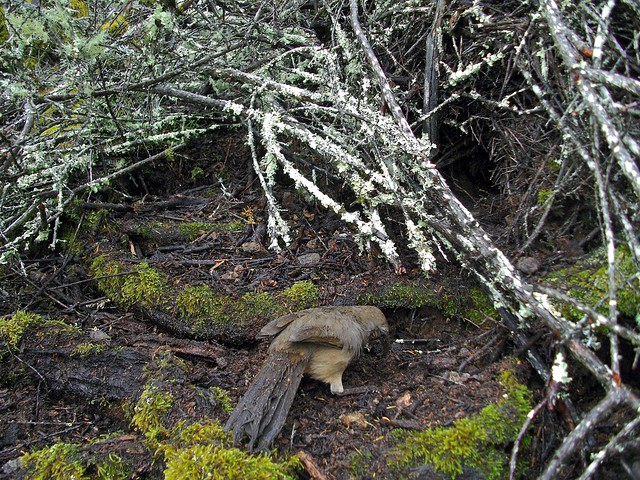
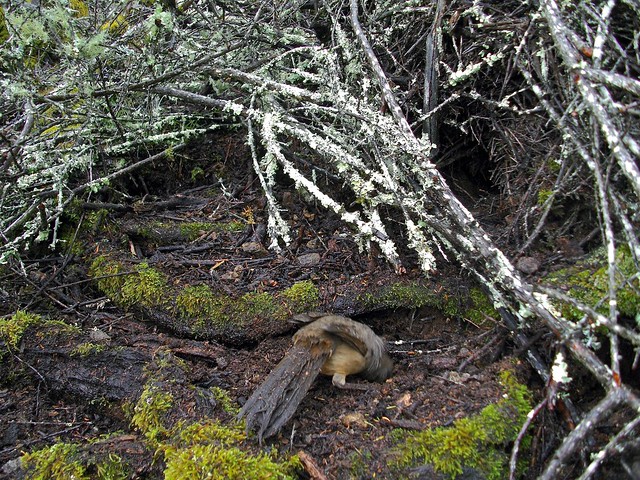

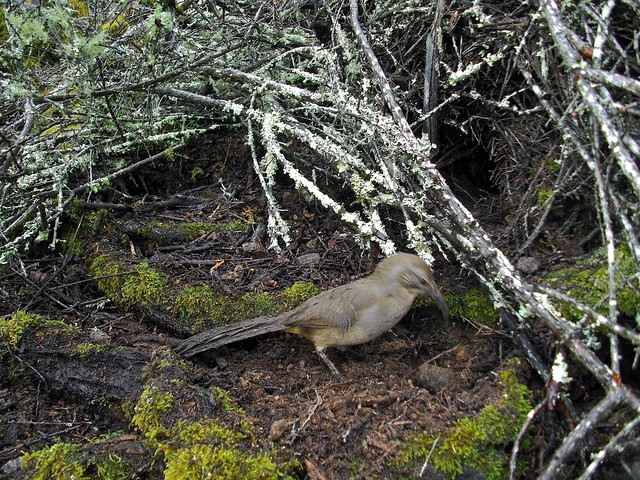
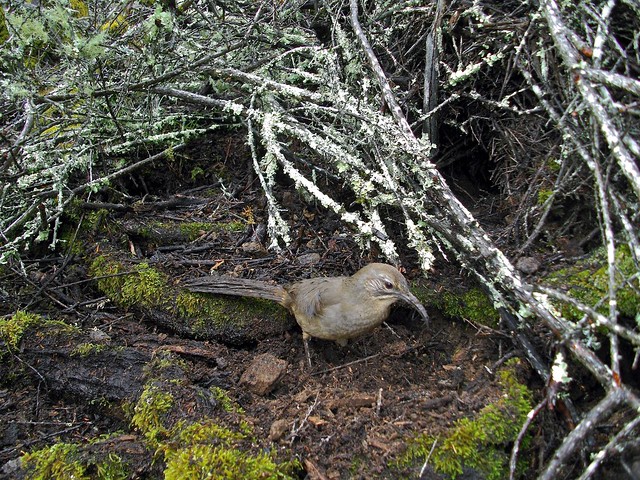
A hunter of big insects, such as grasshoppers, beetles and even Jerusalem crickets, the California thrasher also forages fruits & berries, small frogs, lizards & salamanders.
And all are oft found in and around woodrat stick houses. Clever bird.
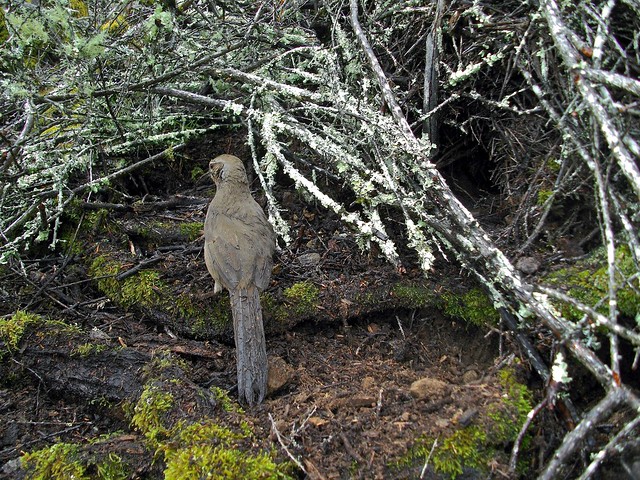
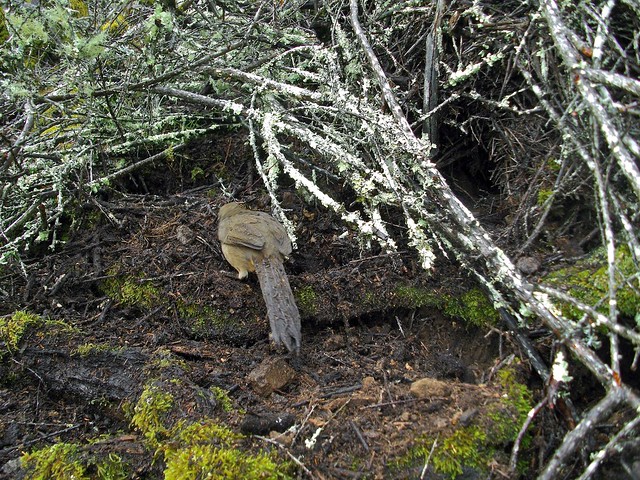
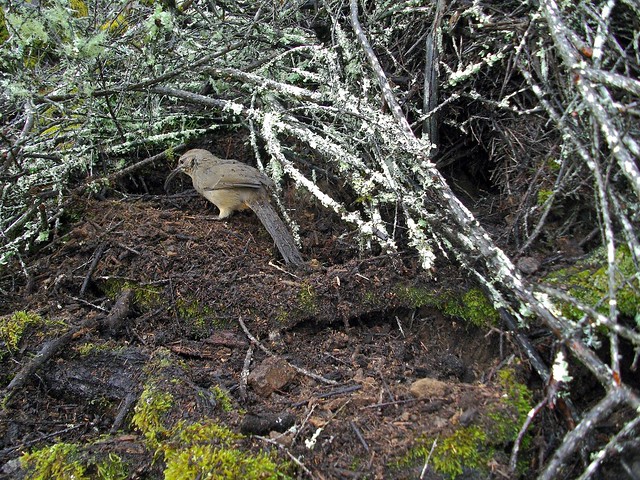
Our California thrasher is also a species with an interesting collection history.
First documented by the La Pérouse expedition to Monterey in 1786, the ornithologists thought it a type of bee-eater. And never got around to describing it for science. That Jean-François de La Pérouse and his ships disappeared and never made it home to France may have been a factor.
It was collected again by the Malaspina expedition in 1791, drawn by the talented José Cardero, and then described by the eminent Tadeo Haenke - the first PhD to visit California.
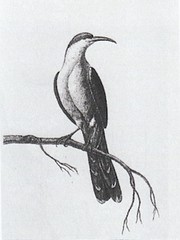
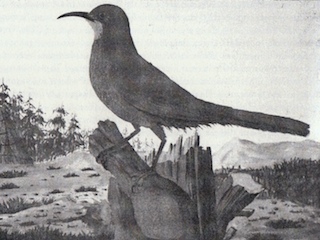
Sketches of the California Thrasher by Jean Robert Prévost (left) and José Cardero (right)
But Alessandro Malaspina's strong political opinions and poorly-considered affair with the wife of King Carlos IV when back in Spain - and his resulting imprisonment, exile and death - left most records from his expedition unpublished.
And thus the shy Cal thrasher was once again lost to science.
It took William Gambel, the bird-loving Thomas Nuttall protégé, to rediscover the California thrasher in 1842 and sort out its unusual descriptive history. Which is why he gave it the specific epithet Toxostoma redivivum - "redivivum" meaning "resurrected."
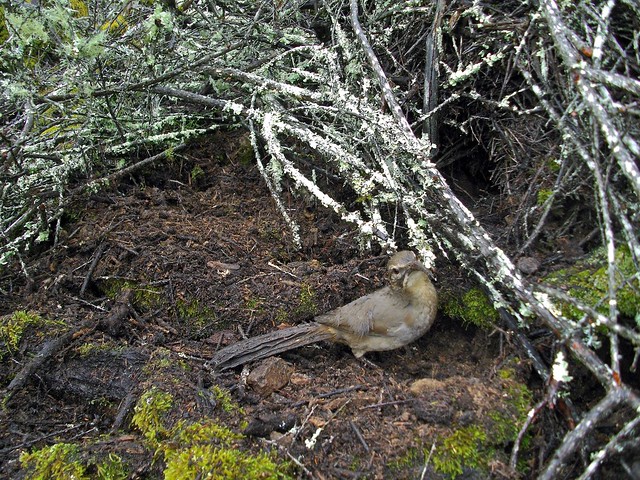
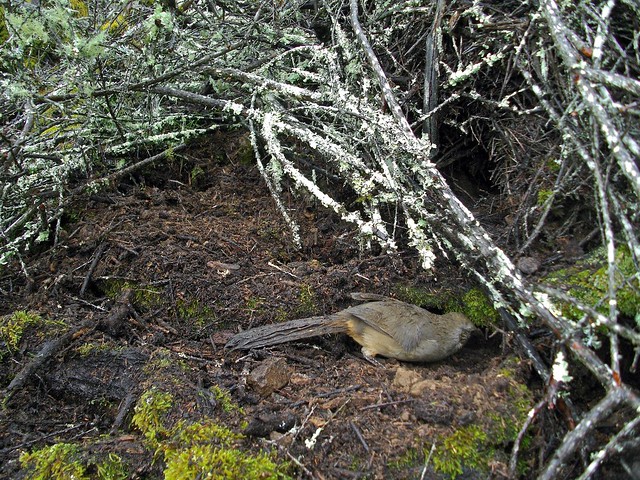
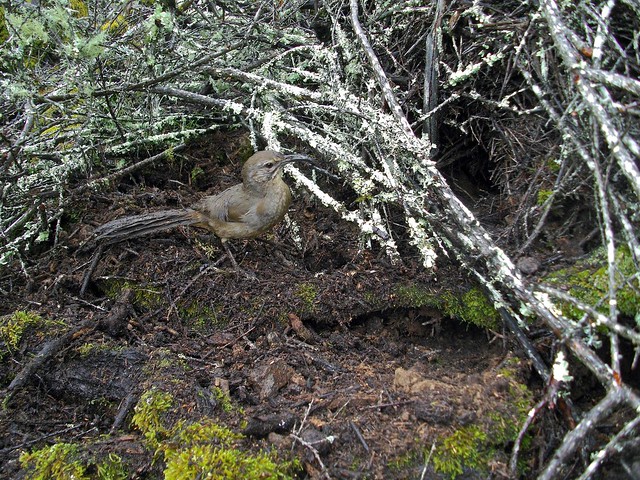
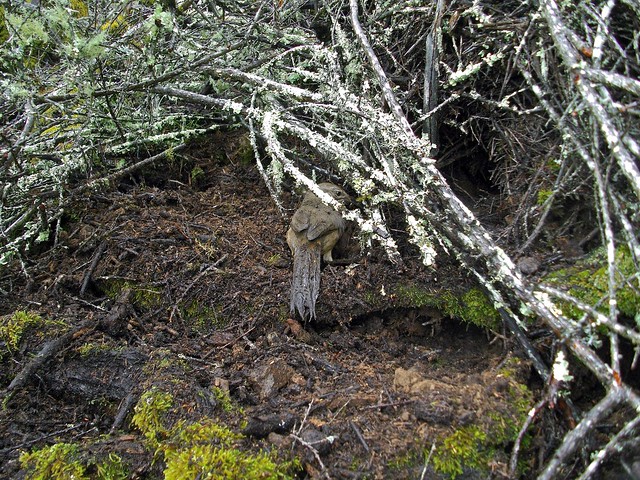

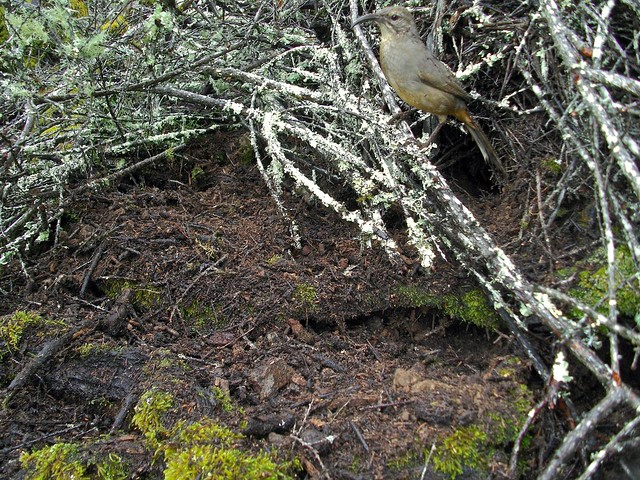
Love that last shot. Almost looks like the thrasher is saying "Did you get all that?"
Here are the full 46 pics put into an 18 second video:
Seems like it needs a sound track. Maybe some nice Metallica.
====
References:
- Richard G. Beidleman - UC Press - California's Frontier Naturalists
- La Pérouse - Life in a California Mission
- Ramón Gutiérrezz and Richard J. Orsi - Contested Eden
- David Allen Sibley - The Sibley Guide to Birds
- All About Birds - California Thrasher
- Birds of North America - California Thrasher
- Wikipedia - California Thrasher
- Wikipedia - Jean-François de Galaup, comte de La Pérouse
- Wikipedia - Alessandro Malaspina
- Wikipedia - José Cardero
- Wikipedia - William Gambel
- The Jepson Manual of Vascular Plants of CA, and Jepson Online Interchange
- Wikipedia - California Floristic Province
- Nature of a Man (this blog) - Crushing Birds w/ Cam Traps

I'm thinking about naming a tool after this bird.
ReplyDeleteWe have the Brown Thrasher here in our neck o' the woods. It's call is very pretty (and recognizable)......and I'm always excited to see them out back.
ReplyDeleteGreat post!